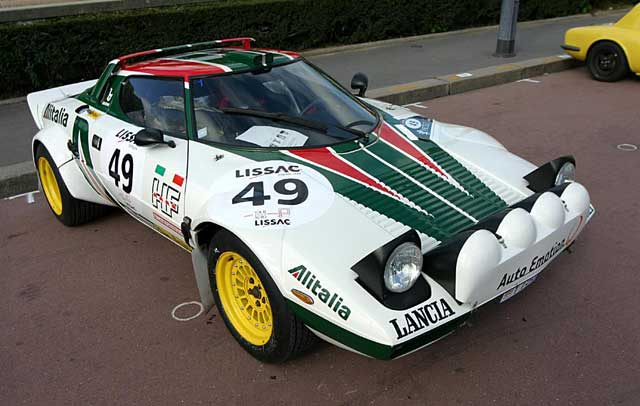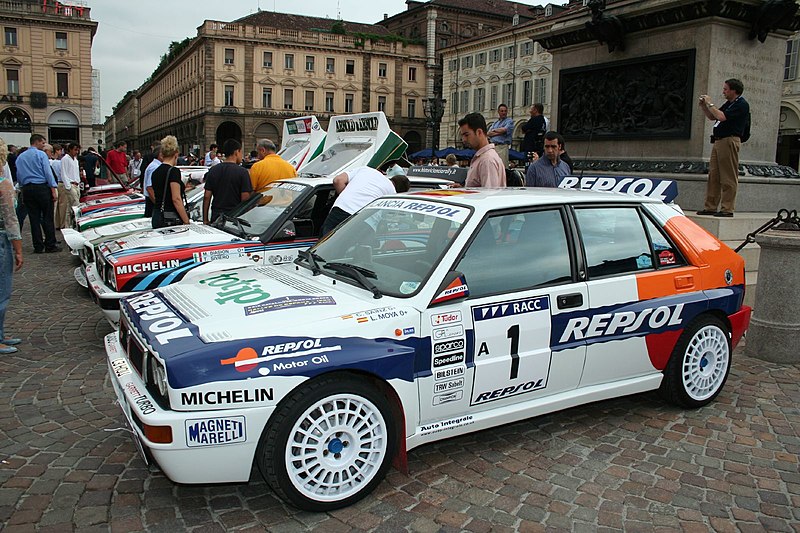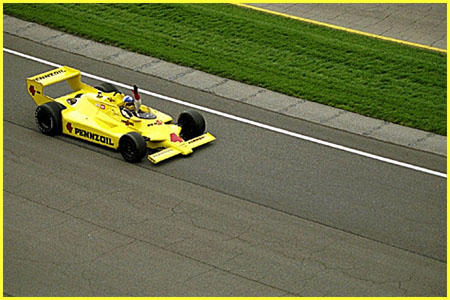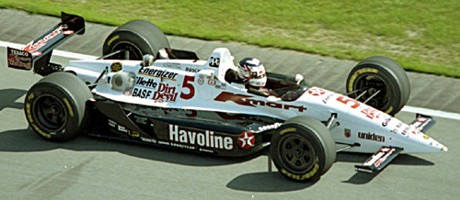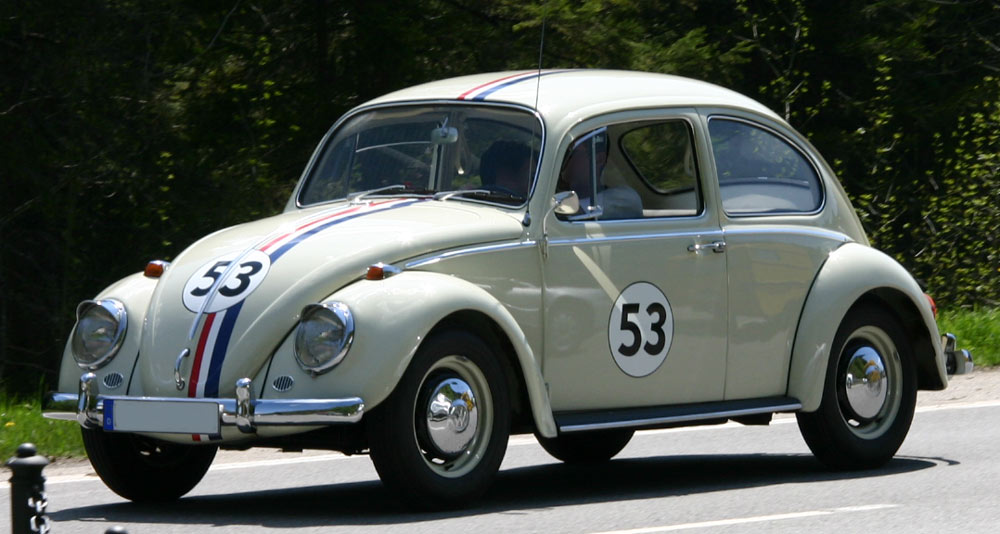cider_and_toast said:
[quote="Matthew Little":u1n2g5ja]I mean, just look at, for example, a modern-day Formula 1 race car or an IndyCar, for that matter; sometimes, I think Tilke not only designs racetracks......I think he designs racecars at times, they can be that sterile.
I totally agree with you Matthew. It's the old problem of Form over Function. Since in a less technical era most of the teams relied on the worthy sentiment of "If it looks quick it will be quick" though this wasn't always the case, it did lend itself to some stunning cars. In modern motorsports any design is functional and beauty has to be an after thought that sometimes occurs by luck but not often.
I once read a story about a Lotus (I think it was a 25 but early 60's anyway) where Chapman insisted that all the suspension tubes be chromed. Unfortunatly as part of the process the metal turned brittle. Jim Clark took the car out for a shake down and all four wheels broke off !!![/quote:u1n2g5ja]
Another story that comes to mind along those lines as the Lotus story above involves one of North America's great motorsports innovators, Smokey Yunick, who once opined that, "If it isn't expressly prohibited, it is implicitly allowed." In other words, he was a master at "interpreting" the rulebooks' so-called "grey areas" and then exploiting those "grey areas" to full effect(or as long as the rule-meisters would let him). Case in point.........how to drive a racecar away with no fuel tank.
Story goes as follows...........Following a race down at Daytona back in the 60's, several NASCAR officials(including Bill France, Sr., a/k/a Big Bill France) confronted Yunick and accused him of cheating in regards to various things on his stock-cars, basicially giving him a list of nine different items to fix before he'd be allowed to race. Well, one of the officials(supposedly Big Bill himself) orders the fuel tank removed and challenges Smokey to drive away with no fuel tank........so Smokey gets in the car, starts it up and drives back to pit lane, telling them, "Better make it ten!". Turns out, instead of using the then-standard 2-meter(7-8 foot) long, 1-inch wide fuel line in his car, Yunick had installed a 3-meter(11 foot), 2-inch wide fuel line which added an extra five gallons or so of fuel to his car
WITHOUT messing with the fuel tank what-so-ever.


The thing was, the rules at the time specified the
size of the fuel tank BUT not the
size/length/width of the fuel line connecting said fuel tank to the engine.
Of course, that was then.............try something a tenth' or so along those lines now and you'll likely catch a ton of flack from the tech-inspectors and stewards, if not worse..........











